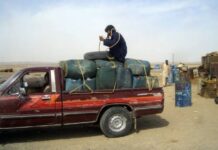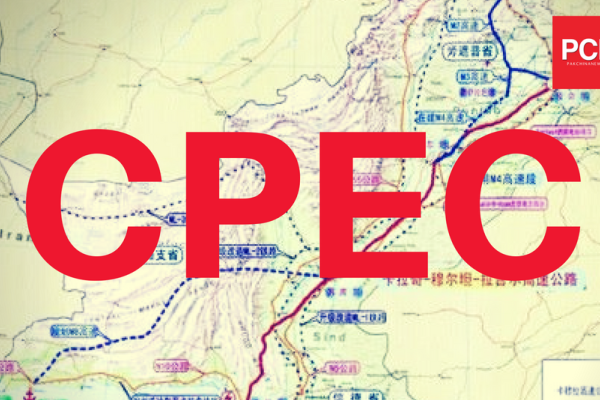While Beijing Friday received Prime Minister Nawaz Sharif at the historic Belt and Road Forum starting from Sunday, the China-Pakistan Economic Corridor (CPEC) turned into a reality as the first power project under the multi-billion-dollar project started power generation.
Hardly 20 kilometres from Sahiwal city towards Okara on the G.T. Road, the project has led to development of a new small city at Qadirabad for all the good reasons.
The first unit of Sahiwal Coal-Fired Power Project, the first of the early harvest projects under the CPEC, started generating 120 megawatts each hour which was connected to the national grid.
“The first unit of Sahiwal Coal Fired Power Project started power generation today (Friday) at 5:26 pm. Instantly, the generated power was connected to the national grid. With the first megawatt added to the national grid, a new chapter has been added to the history of Pakistan-China friendship,” Mr Chen Wei, the spokesman at the Sahiwal Coal Fired Power Plant told Pakistan Today from Sahiwal.
Mr Chen Wei said the plant was on a test run and it would now be generating 120 megawatts per hour. He said the plant had been put on its maxim generation capacity and the load would remain 120 megawatts per hour.
“This is a dream to achieve the project much ahead of its stipulated timeframe just because of continued support from the Punjab government to the company,” Mr Chen Wei said.
Sahiwal Coal-fired Power Plant is first of the 39 early harvest projects agreed upon between China and Pakistan under the CPEC. The project has two units which would produce 660 megawatts each – thereby meaning that the total power generation capacity would be 1320 megawatts.
The company almost completed 90 percent of its entire project through its own equity just to ensure immediate support to Pakistan meet its immediate energy demand. The only thing left is commissioning of the project.
The company, which had started the project in July 2015, attained its financial close on 23rd January this year. The project is set to achieve its total generation soon.
The total project cost is US$ 1.8 billion. Of the energy power plants, Sahiwal Coal-Fired Power Project is the first plant of the CPEC to produce 1320 megawatts of electricity and add it to the national grid by June this year. The plant has been completed 90 percent and would start full production this year, far ahead of its schedule.
“You know Huaneng Shandong Ruyi (Pakistan) Energy (Private) Ltd., the company of Sahiwal Power Project only attained its financial close in January but it has almost completed its project. This means that the company has invested its own finances. The company was able to seek loan once it reached financial close,” says Zhao Lijian, deputy ambassador Chinese embassy.
He said these projects were a gift from Chinese people for Pakistani people in their struggle to help meet their energy needs.
Mr Chen Wei said that around 4,500 workers had been contributing for the project which included 2,200 Chinese and 2,300 Pakistanis.
“Sahiwal Coal Power is the best example of China, Pakistan win-win cooperation. We have employed almost the equal number of workers at the project site too to showcase a true Pakistan, China cooperation under the CPEC,” Chen Wei concluded.
The project has generated economic activity for the people of Okara and Sahiwal as the project site falls in the middle of both the cities. Moreover, elaborate security arrangements have been made for the Chinese and Pakistani workforce as the project is located only ten kilometres from Okara Cantt.
Being Pakistan’s first supercritical power plant, the project has two units of 660 MWs. The project is one of the early harvest projects of the multi-billion-dollar CPEC initiative which is making an immense effect on the boost of economic activity in Pakistan.

























